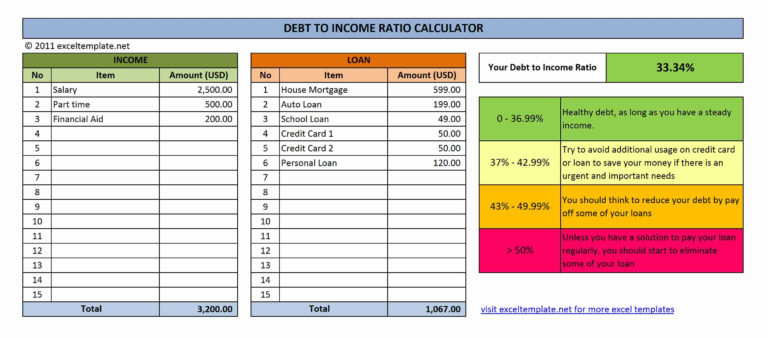

In accounting terms, every business transaction has to be recorded as a debit and credit.

Together, they paint a picture in your accounting records, thereby letting you see the transaction as a whole.ĭebit and credit are relevant to you if you're doing anything that requires you to understand the flow of money through transactions. This is where credits and debits come in. It's about where the money is coming from and where it is going.

It's not just about whether money is increasing or decreasing. Any business transaction involves an inflow and outflow of money. What exactly does it mean when an account is debited and credited? Debit and credit make up the language of accounting.


 0 kommentar(er)
0 kommentar(er)
